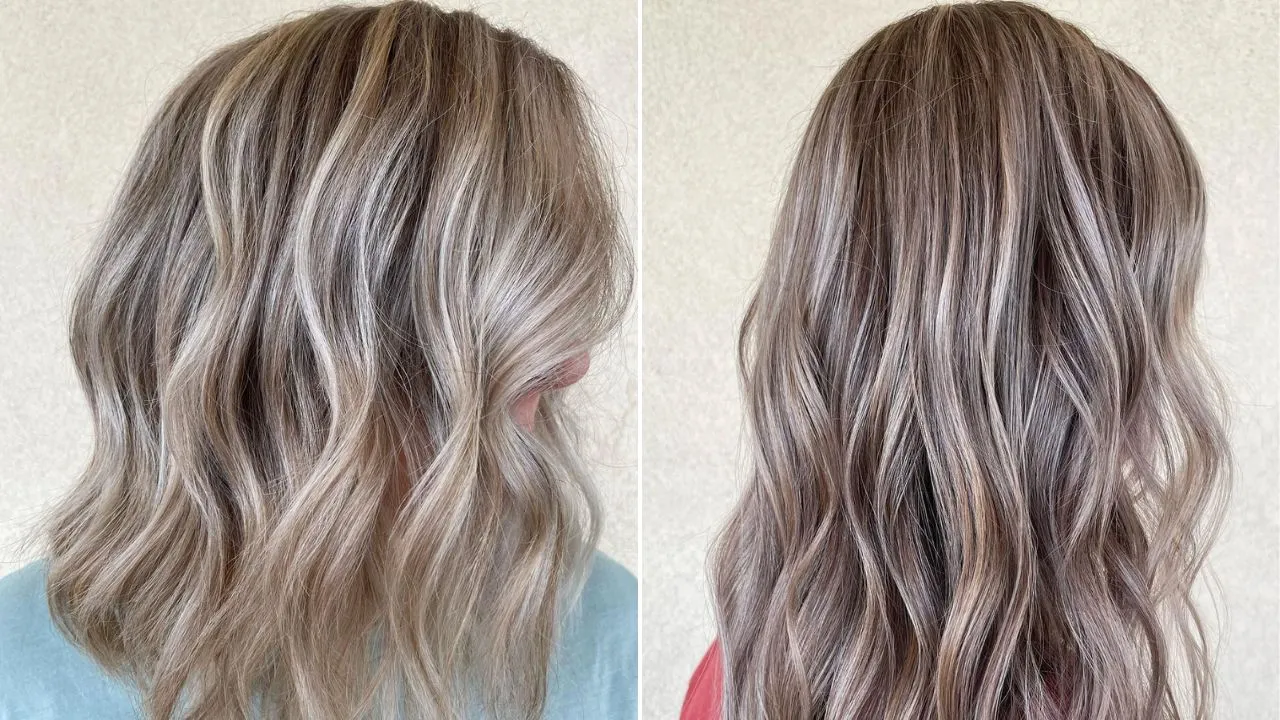Best Hair Color for Grey Coverage – Tips and Options

Grey hair is a natural part of aging, but it’s not always welcome. For many, covering grey strands is more about maintaining confidence and self-expression than fighting time. But with countless hair color products on the market, how do you choose the best one for grey coverage? In this guide, we’ll explore the best options, tips, and techniques to help you make an informed choice. Let’s dive in and find the perfect solution for you!
Table of Contents
| Sr# | Headings |
|---|---|
| 1 | Introduction |
| 2 | Understanding Grey Hair |
| 3 | Factors to Consider |
| 4 | Types of Hair Color Products |
| 5 | Permanent Hair Colors |
| 6 | Demi-Permanent Hair Colors |
| 7 | Temporary Hair Colors |
| 8 | Top Brands for Grey Coverage |
| 9 | Natural Hair Dye Alternatives |
| 10 | Application Tips for Success |
| 11 | Maintaining Your Color |
| 12 | Hair Care After Coloring |
| 13 | Common Mistakes to Avoid |
| 14 | How to Choose the Right Shade |
| 15 | Conclusion |
| 16 | FAQs |
Understanding Grey Hair
Grey hair occurs when hair follicles produce less melanin, the pigment responsible for your natural hair color. Genetics, age, and lifestyle factors play a role. While it’s perfectly natural, grey strands tend to have a coarser texture, making them harder to color. Knowing this helps in choosing the right product.
Factors to Consider
When selecting the best hair color for grey coverage, consider these factors:
- Coverage Level: Are you looking to cover all greys or blend them?
- Hair Type: Coarse or fine hair reacts differently to dyes.
- Sensitivity: Choose ammonia-free or hypoallergenic options if you have sensitive skin.
- Longevity: How often are you willing to touch up?
Types of Hair Color Products
There are three main types of hair color products, each with distinct advantages and disadvantages. Understanding these will guide your choice.
Permanent Hair Colors
Best for: Long-lasting, full grey coverage.
Permanent dyes penetrate the hair shaft, offering vibrant, enduring color. These are ideal if you want to cover stubborn greys completely. However, they may require more maintenance as roots grow out.
Demi-Permanent Hair Colors
Best for: Blending greys and adding shine.
Demi-permanent dyes don’t penetrate as deeply, making them less damaging. They’re ammonia-free, which is gentler on hair but still effective for blending greys. They last around 20-28 washes.
Temporary Hair Colors
Best for: Occasional use and experimenting with shades.
These sit on the surface of the hair and wash out after a few shampoos. They’re perfect for those who want a quick fix or aren’t ready for a long-term commitment.
Top Brands for Grey Coverage
Here are some highly recommended brands:
- L’Oréal Excellence Crème: Renowned for full grey coverage and conditioning properties.
- Clairol Nice‘n Easy: Offers natural-looking results with a wide shade range.
- Wella Koleston Perfect: Ideal for salon-quality results.
- Revlon Colorsilk: Affordable and ammonia-free.
Natural Hair Dye Alternatives
For those wary of chemicals, natural options include:
- Henna: Provides a reddish tint and strengthens hair.
- Indigo: Often combined with henna for darker shades.
- Herbal Dyes: Many brands offer botanical-based colors for sensitive scalps.
Application Tips for Success
- Prep Your Hair: Start with clean, dry hair for better absorption.
- Section Your Hair: Divide into quadrants for even application.
- Follow Instructions: Always adhere to the product’s guidelines.
- Use Tools: Brushes and gloves ensure precision and prevent mess.
Maintaining Your Color
To extend your color’s vibrancy:
- Use Sulfate-Free Shampoo: Prevents premature fading.
- Deep Condition Regularly: Keeps hair hydrated and healthy.
- Limit Heat Styling: Heat can strip color and weaken hair.
Hair Care After Coloring
Post-color care is crucial to maintain both color and hair health:
- Protect from UV Rays: Use hair products with UV filters.
- Avoid Chlorine: Chlorine can alter your color’s tone.
- Regular Trims: Prevents split ends and maintains your style.
Common Mistakes to Avoid
- Skipping Strand Tests: Ensures you achieve the desired shade.
- Leaving Dye on Too Long: Can cause damage and uneven color.
- Overlapping Applications: Avoid applying dye repeatedly on previously colored sections.
How to Choose the Right Shade
Finding the perfect shade is essential:
- Match Your Skin Tone: Warm skin tones pair well with golden hues, while cool tones suit ashy shades.
- Start Subtle: Opt for a shade close to your natural color if you’re new to dyeing.
- Consult a Stylist: Professional advice can be invaluable.
Conclusion
Covering grey hair doesn’t have to be daunting. With the right knowledge and tools, you can achieve a vibrant, natural-looking color that boosts your confidence. Whether you prefer permanent solutions or natural alternatives, there’s an option for everyone. Take your time, explore your choices, and enjoy the journey to discovering your best hair color for grey coverage.
FAQs
1. What is the best hair color for stubborn grey hair?
Permanent hair colors are ideal for stubborn greys as they provide full coverage and long-lasting results.
2. How often should I touch up my roots?
Typically, root touch-ups are needed every 4-6 weeks, depending on hair growth and the dye used.
3. Are natural hair dyes effective for grey coverage?
Yes, natural dyes like henna and indigo can cover greys effectively, but they may not offer as many shade options as synthetic dyes.
4. Can I color my grey hair at home?
Yes, many home hair color kits are designed for easy application and effective grey coverage. Just follow the instructions carefully.
5. How can I prevent my color from fading?
Use color-safe shampoos, avoid excessive heat styling, and protect your hair from sun and chlorine exposure.